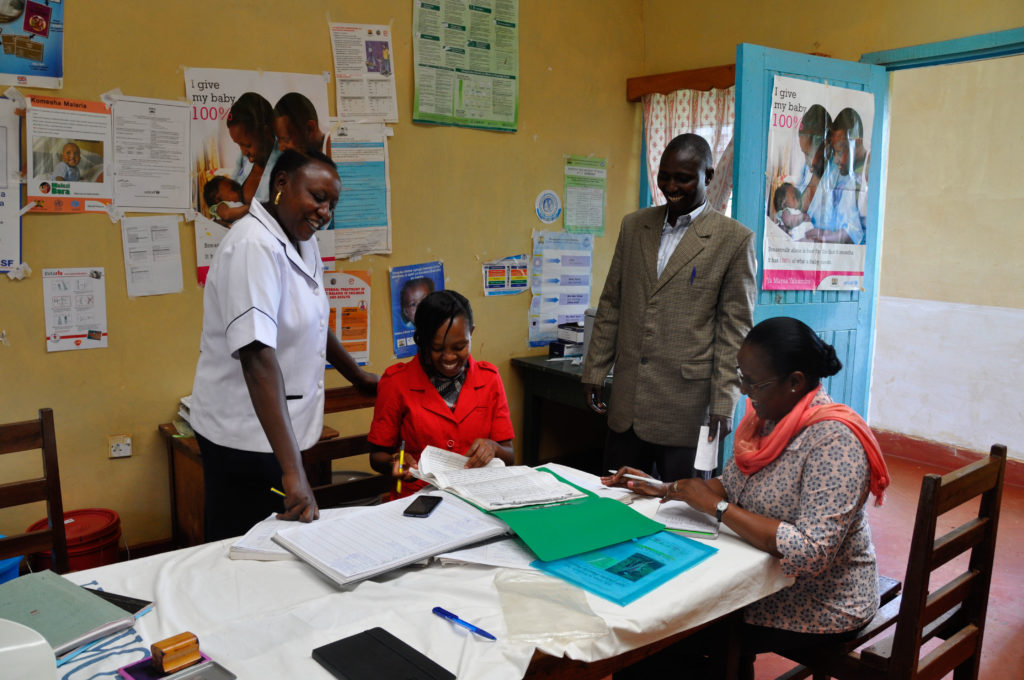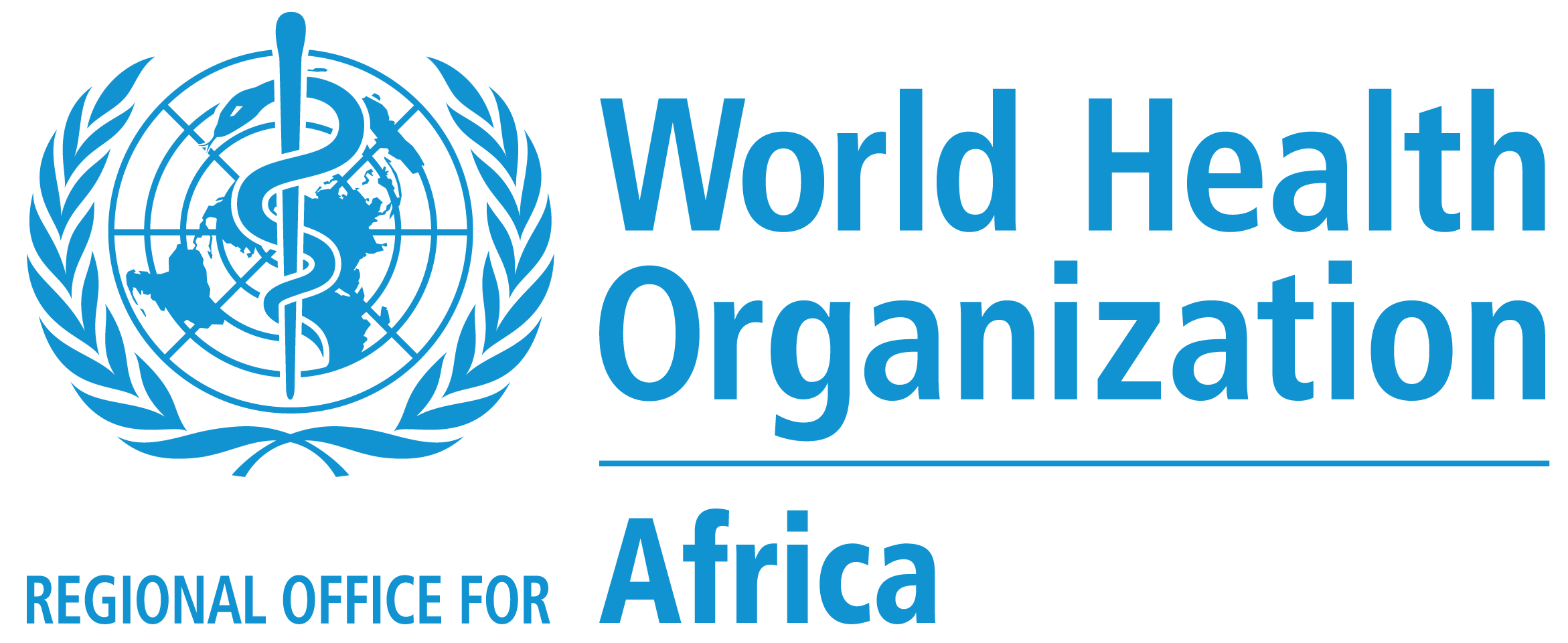Disease surveillance: from field to laboratory
In 1988, when the Global Polio Eradication Initiative (GPEI) was launched, the only way to diagnose polio was based on a person’s symptoms which can include sudden fever, headache, vomiting, stiffness of the neck as well as signs of paralysis. This was problematic, as several other diseases share the same symptoms as polio. As a result, polio cases were routinely misidentified and large outbreaks often went undetected.
Among the first measures taken to improve detection of poliovirus was the development of a system for spotting and registering cases of acute flaccid paralysis (AFP), and the creation of a global polio laboratory network to confirm diagnoses.
The African polio laboratory network started to take shape in the 1990s, in large part, thanks to support from the Japanese International Cooperation Agency (JICA). By 1995, the network had 13 national and three regional reference labs across 15 countries in the African region.
“The first step was to train people to work in these polio laboratories,” says Professor Oyewale Tomori, former Regional Virologist and Laboratory Coordinator with the WHO Regional Office for Africa (WHO AFRO), who helped establish the polio laboratory network. “The second step was developing the laboratory capacity.”
Training for polio laboratory staff in South Africa, 2008. ©️ WHO
Training for polio laboratory staff in South Africa, 2008. ©️ WHO
A laboratory technician works in the Pasteur Institute of Cote d'Ivoire, which monitors for polio, supported by equipment donated by Rotary. ©️ Alyce Henson/Rotary International
Laboratory technician Agnes Chepkurui prepares polio samples for intratypic differentiation, which identifies what kind of polio virus is present - vaccine virus, vaccine-derived poliovirus or wild poliovirus at the Kenya Medical Research Institute Expanded Programme on Immunization Laboratory (KEMRI), Nairobi, Kenya, 2018. ©️ WHO/L.Dore
Laboratory technician Agnes Chepkurui prepares polio samples for intratypic differentiation, which identifies what kind of polio virus is present - vaccine virus, vaccine-derived poliovirus or wild poliovirus at the Kenya Medical Research Institute Expanded Programme on Immunization Laboratory (KEMRI), Nairobi, Kenya, 2018. ©️ WHO/L.Dore
New testing methods were gradually introduced, providing more accurate diagnoses in less time. For example, by 2010 all 16 laboratories had the capacity to differentiate wild polioviruses from other poliovirus strains, and could do this in just 2.5 hours. Today, the regional reference laboratories are able to conduct genetic sequencing to identify different types of wild polioviruses and circulating vaccine-derived poliovirus (cVDPV), and their origins. This is essential in planning outbreak responses and rationalising resources.
Field surveillance—the twin arm of laboratory testing—has also come a long way. Across countries, a legion of health professionals, community members and volunteers have been trained to spot cases of paralysis during their everyday activities. To catch any cases that slip through these checks, surveillance officers visit health facilities and community healers to actively look for cases. Innovations, like mobile phone technologies, have also improved the ease of community reporting.

By 2011, the use of environmental surveillance meant that the poliovirus could also be identified in sewage, providing an important supplement to case reporting. In some instances, an outbreak was uncovered this way before any child was found with the virus.
Environmental surveillance samples which have just been rapidly spun in a centrifuge. The faecal matter sinks to the bottom with the liquid layer being extracted and added to a cell culture to test for polioviruses at the Kenya Medical Research Institute Expanded Programme on Immunization Laboratory (KEMRI), Nairobi, Kenya, 2018. ©️ WHO/L.Dore
The vast disease surveillance network built up over the years through the polio programme has left a far-reaching legacy for Africa’s healthcare systems and the continent’s capacity to respond to other diseases. “One of the legacies of the polio laboratory network has been replicating the way the network was built for other diseases, like measles, influenza, even beyond viral diseases,” says Dr Nicksy Gumede, Regional Virologist for the Polio Eradication Programme at WHO AFRO.
Much of this physical infrastructure has already been repurposed to battle new health challenges. Better equipped and connected laboratories have been used, and continue to be used, in the response to Ebola and more recently COVID-19, enabling fast outbreak detection and driving a rapid response.
Harder to measure, but just as valuable, is the human infrastructure. Polio disease surveillance has equipped Africa with skilled healthcare professionals and scientists, including epidemiologists and virologists. It has also informed and engaged the continent’s communities. With adequate support and resources, it is these people—trained in the fight against diseases—who will help drive forward public health in Africa.



